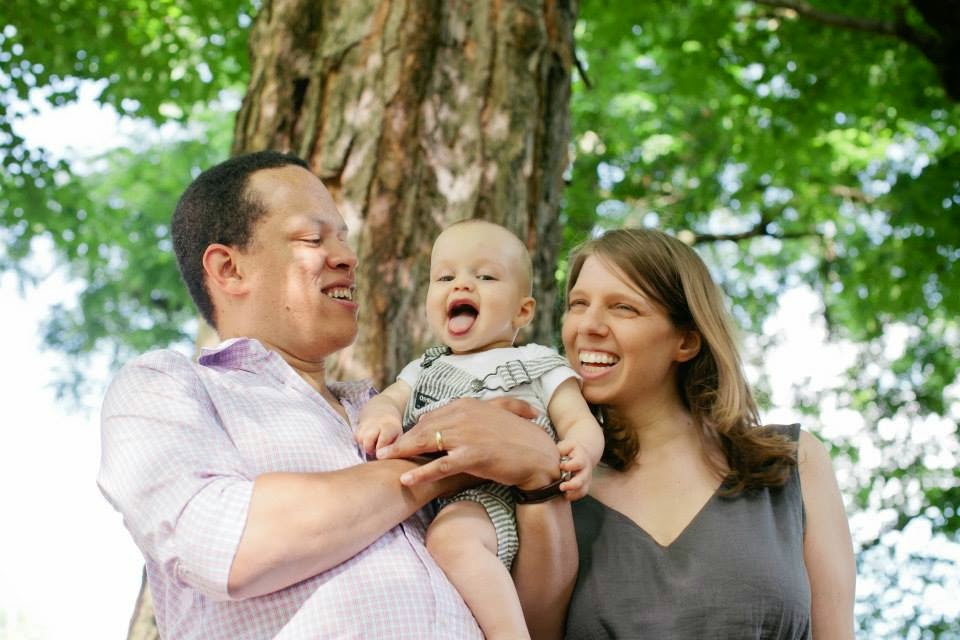THE CRAFT FAMILY HOUSE/ 2:35am & Other Stories
My mother took my brothers and me to visit her childhood home, The Craft House. Nestled inside the backwoods of Amelia County, Virginia, the tiny house sat on acres of horse pasture and cattle grasses. The property also included the family cemetery, which my mother insisted we explore. Beyond a rickety, wooden gate, overgrown trees opened to handmade grave markers and other graves marked with fieldstone bearing illegible names. Although the graveyard's unkempt aesthetic suggested otherwise, it had a foregone formality that was hard to ignore. So while standing atop mushy land, I imagined a trail of statuesque ladies dressed in all black, following behind even lankier men carrying bodies of deceased family members. Our visit had just begun when I'd already had enough.
Back at the tiny house, “the cousins, “as referred to by my mother, crowded inside a lackluster kitchen. A kitchen where rusted copper pots hung from meat hooks and a rounded, yoke-colored refrigerator sat dingy and lukewarm. Preening with their Jerry curls and gold chips for teeth, “the cousins” told stories of dead uncles and ghosts who occupied the empty rooms. And of great-grandparents whose portraits hung alongside a stairway leading to a cramped and neglected second floor.
My great grandparents were Blackfoot Indians whose faces I’d soon forget but whose statures still haunt me. They had hands so large they dripped off their knees like Lincoln's at the monument. And yet, inside the lone portrait, they'd appeared gargantuan and still alive. A few of "the cousins" had shared distinct similarities to our long-dead great-grandparents, though none worth mentioning. Mainly because “the cousins” were stereotypical country folk happiest trolling barefoot across dung-filled sod and slaughtering, by hand, what would be dinner. The problem is, placing the word “the” in front of any word either gives it an air of prestige or horror. For what it’s worth, “the cousins” horrified me.
My great grandparents were Blackfoot Indians whose faces I’d soon forget but whose statures still haunt me. They had hands so large they dripped off their knees like Lincoln's at the monument. And yet, inside the lone portrait, they'd appeared gargantuan and still alive. A few of "the cousins" had shared distinct similarities to our long-dead great-grandparents, though none worth mentioning. Mainly because “the cousins” were stereotypical country folk happiest trolling barefoot across dung-filled sod and slaughtering, by hand, what would be dinner. The problem is, placing the word “the” in front of any word either gives it an air of prestige or horror. For what it’s worth, “the cousins” horrified me.
After the ghost stories ended, the sound of my great-grandparents' portrait falling to the floor sent everyone running. The kitchen had emptied out except for a tall, spindly man, who squeezed up against one of my great aunts and displayed the grossest form of public affection I’d seen to date. Turns out my adolescent mind couldn’t handle ghosts or elders kissing in corners. At that moment, my worst fear was realized: Ghosts do exist.
At the close of the extended family weekend, "the cousins" had prepared a barbecue in the backyard. There, under clouds of smoke, slabs of beef bled from their centers, and bruised, full-faced pigs lay like rubbery, pink tires on rotted, wooden tables, limbs still attached, and half-cooked chicken legs stacked high on plastic platters showed blue and red veins through translucent skin. And as I watched "the cousins" devour half-cooked bodies in the dusty backwoods of Amelia County, I completely lost my appetite for the entire state of Virginia.




Comments